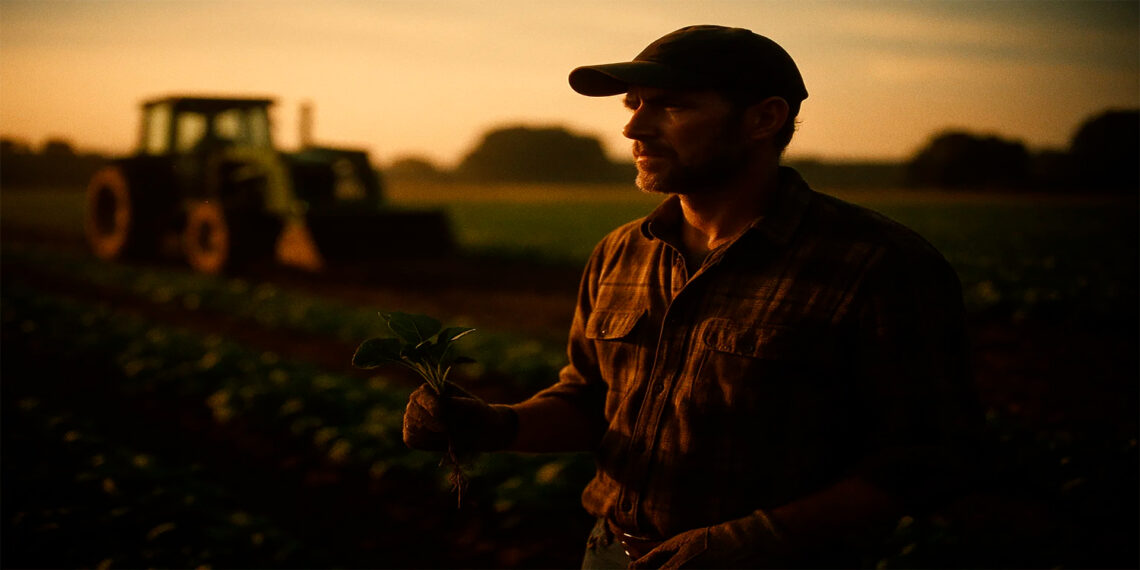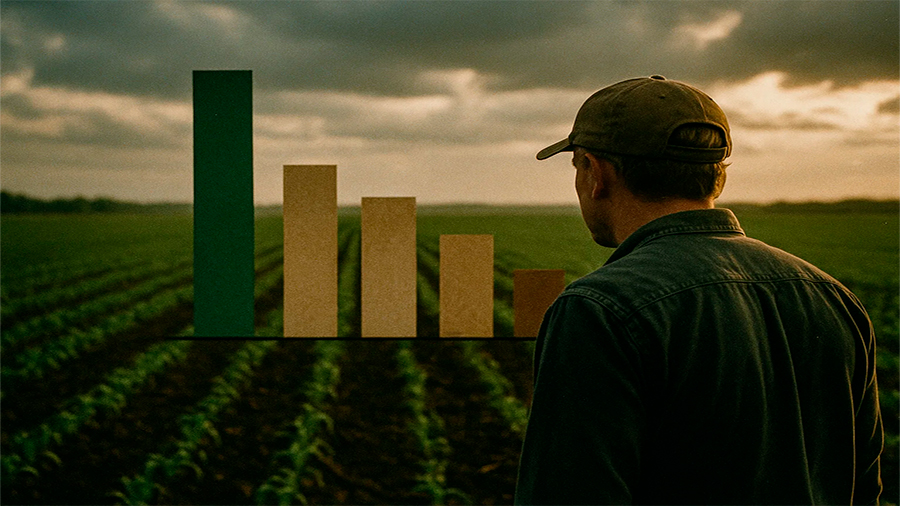
Green Loans for Sustainable Agriculture
Green loans sound like a win for everyone. Farmers get better financing to modernize their operations, the environment benefits from cleaner practices, and lenders check their sustainability boxes. But when you dig deeper, the picture gets murkier. The funds are flowing, sure — but not necessarily to the people who need them most. Small farmers struggle to qualify, large agribusinesses dominate approvals, and real impact is often hard to measure. The idea is right. The execution? That’s where things start to break down.
What Green Loans Are Meant to Do in Agriculture
In theory, green loans are designed to help farmers adopt environmentally friendly practices. That could mean anything from installing drip irrigation systems to reduce water use, to investing in solar-powered equipment, to transitioning to organic production. The selling point is simple: if your project reduces environmental impact, you may qualify for better interest rates, longer repayment periods, or even partial forgiveness. Banks and institutions offering these loans often list “climate-smart agriculture” as a priority area.
For farmers, the benefits on paper are appealing. These loans could support upgrades that increase yields, improve soil health, or reduce dependency on chemicals. But accessing the funds requires more than good intentions. It takes technical documentation, sustainability metrics, and time — and those aren’t things every farmer has readily available.
The Requirements Farmers Face
- A clear environmental outcome (e.g., carbon reduction, improved biodiversity)
- Baseline data to measure impact (e.g., current energy or water use)
- Detailed implementation plans and budgets
- Monitoring systems to report progress
That’s a tough ask, especially for small farms already stretched thin. For many, it feels more like applying for a government grant than a commercial loan.
Who’s Actually Getting the Money?
Despite marketing aimed at “helping farmers go green,” most of the capital isn’t landing in smallholder hands. A 2024 European farm finance report showed that nearly 70% of all green loans went to farms over 500 hectares in size. Smaller farms — those under 50 hectares — got less than 20%. And yet, smallholders make up the majority of farms globally. The imbalance is striking.
Why the gap? Larger operations tend to have the in-house staff, consultants, or capital to meet the technical requirements of green lending. They know how to navigate loan systems, track metrics, and write business cases. Small farmers might be just as committed to sustainable practices, but if they can’t prove their impact in numbers and reports, they’re left out.
| Farm Size | % of Farms | % of Green Loan Funding |
|---|---|---|
| Under 50 ha | 72% | 18% |
| 50–500 ha | 24% | 15% |
| Over 500 ha | 4% | 67% |
This doesn’t mean big farms don’t deserve the funding — but it does suggest the system favors scale, not need or impact potential.

Is the Environmental Impact Actually Happening?
This is the big question. Are green loans actually delivering measurable change? The answer depends on how you define success. If success means disbursing capital, then yes — green lending is growing fast. But if you’re looking at carbon reductions, soil recovery, or water conservation, the picture is more complicated.
A 2023 global agriculture study found that only 39% of green loan-funded projects achieved their stated environmental outcomes within three years. Another 35% made some progress but fell short. And 26% failed entirely — either due to poor planning, changing market conditions, or lack of follow-up support. That means over half the projects funded through green loans aren’t delivering on what they promised.
| Project Results | % of Green Loan Projects |
|---|---|
| Met sustainability targets | 39% |
| Partial improvement | 35% |
| Little or no impact | 26% |
One of the biggest risks is “greenwashing” — when a loan is labeled as green, but the project funded delivers limited actual benefit. Sometimes the goals are vague. Sometimes they’re unverified. And sometimes lenders relax criteria just to hit sustainability quotas.
Why So Many Small Farmers Are Left Out
There’s no shortage of demand. Farmers around the world are already experimenting with regenerative methods, planting cover crops, and managing resources more efficiently — often without any formal funding. But the structure of green loans can make them feel out of reach.
There are three main hurdles:
- Application complexity: Many programs require sustainability audits, environmental impact statements, or multi-year forecasts that small farmers can’t produce without help.
- Upfront costs: Farmers often need to invest in systems first, then seek reimbursement or better terms. That requires liquidity they might not have.
- Lack of technical support: Few banks offer hands-on guidance for farmers filling out green loan applications.
This structure ends up favoring commercial farms that already have an advantage — widening the gap rather than closing it.
What Would Make Green Loans Work Better?
If green finance is going to truly support sustainable agriculture, it has to meet farmers where they are. That means designing systems that are inclusive, practical, and based on real outcomes — not just paperwork.
Some steps that could make a real difference:
- Simplify applications: Let farmers demonstrate sustainable practices through photos, satellite data, or cooperative verification — not just spreadsheets.
- Scale requirements to loan size: Don’t expect a $25,000 solar pump project to carry the same documentation burden as a $2 million agritech conversion.
- Offer technical assistance: Partner with local ag advisors or cooperatives to walk farmers through the process.
- Reward results: Link repayment benefits to actual environmental improvements, not just proposed ideas.
In a few regions, we’re already seeing this happen. In Latin America, farmer collectives are applying for group green loans to spread risk and share expertise. In Kenya, a green loan pilot links subsidies to real-time crop data collected through mobile apps. And in Spain, a microfinance initiative has created express applications for solar energy upgrades under €10,000.
The Conclusion
Green loans have the potential to reshape agriculture — but only if they’re built to reflect the realities of the farmers who feed us. Right now, too much money is going to those who already have power, while too many struggling producers are locked out. We don’t need more promises. We need funding that’s smart, accessible, and tailored to actual impact — not just environmental buzzwords. If we want real change in how food is grown, our financial systems have to stop thinking in terms of scale and start thinking in terms of support.
